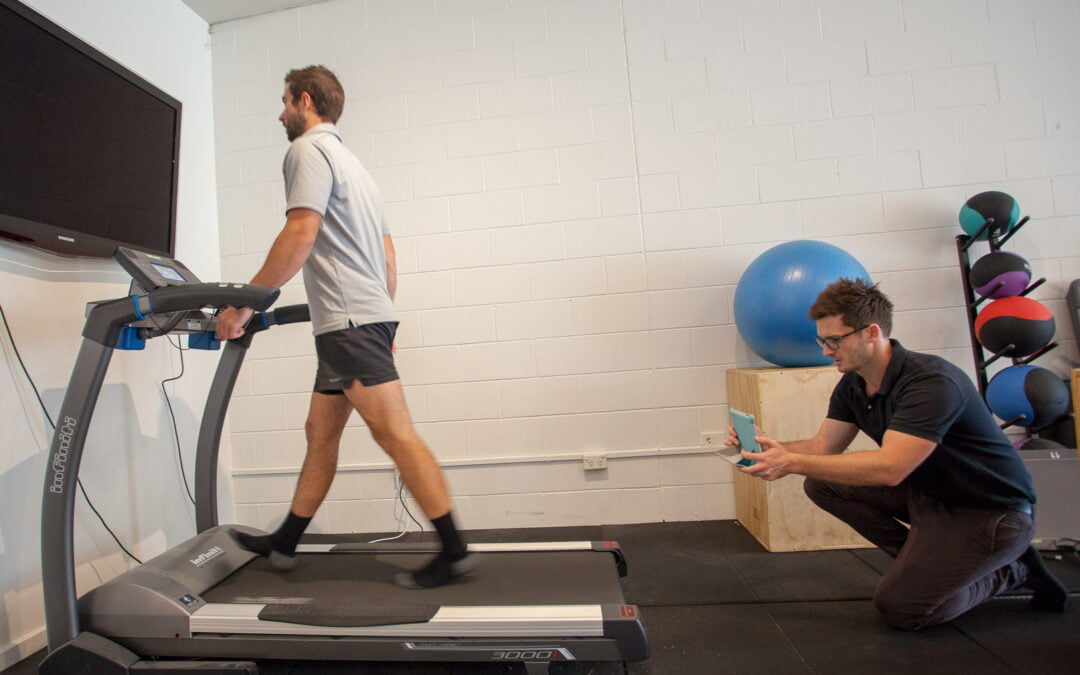Top 5 Ways to avoid getting a running injury!
Spring is here!
As the sun comes out & the days get longer, more runners start to come out of their winter hibernation – some just love running, others have marathons and half marathons to tackle.
Did you know that returning to running (or rapidly increasing your mileage) after an extended lay-off brings with it a big risk of developing an injury in the first 6 weeks?
Follow these tips to reduce the chance of becoming a broken runner!
Work out your “running tolerance”
- Not running enough can lead to detraining and actually increase your risk of injury, while running too much can lead to overloading your muscles, tendons and joints.
- Your running tolerance is how far you can run with only a small amount of discomfort (a maximum of 2/10 pain that doesn’t last after you stop running).
- With the right training you can increase your running tolerance and run further and faster!
Increase your distance gradually
- You should aim to increase your total kilometers by about 10% each week to safely run further.
Include high and low intensity runs
- As a general rule, aim to do 80% of your training at low intensity (that’s between a light and moderate effort) and 20% at high intensity (moderate to very hard runs, including speed work).
Recovery
- PLAN a recovery day (or days) into your week. A recovery session could be a recovery run, pilates, spin class, swim, or even a yoga session.
Consider a ‘recovery week’ every 4-6 weeks to allow your muscles and joints to fully regenerate.
Strength & Conditioning
- Increase the strength of your key muscles (quads, glutes, calves, hamstrings) to increase your strength, speed, and importantly your buffer zone. Aim for 2 session per week and make sure you add more resistance than just body weight.
We’d love to help you with your running goals – if you’re not sure where to start or have broken down we are experts at helping runners get back and stay on the track!
Andy Allan
Physiotherapist (and Running Enthusiast)
